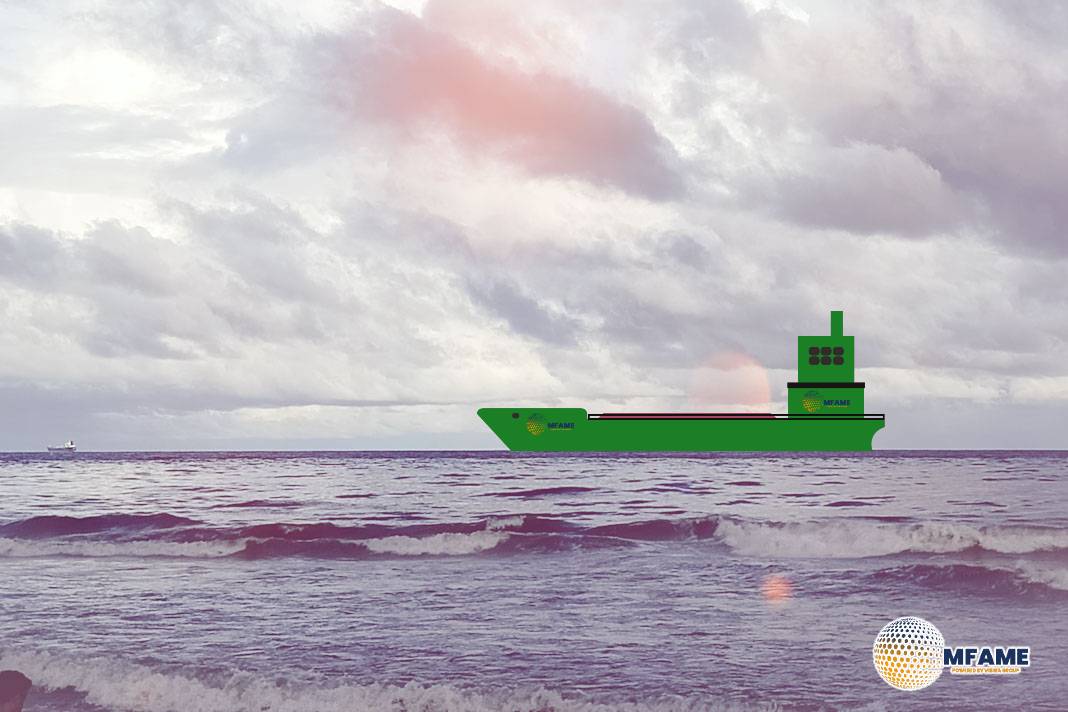Towards the end of last week, the stars seemed aligned for the Middle East Gulf (MEG) Very Large Crude Carrier (VLCC) market, with expectations of an upward movement in rates. Indeed, MEG to East Asia rates did see a slight increase, inching into the Worldscale (WS) 60s. A few prompt and/or replacement fixtures even secured rates of WS 64 and 64.5 for “short East” voyages, reports Fearnleys.
VLCC
In the tanker market, specifically for the Middle East Gulf (MEG) region, a recent fixture for a MEG/Vietnam run, likely referring to a Long Range 2 (LR2) tanker, was concluded at WS 59.5 (Worldscale points). While this rate calculates to be a few points better in terms of earnings than the standard TD3C (MEG to Japan) route, another fixture by Formosa for MEG/Taiwan was also done at WS 59.5, but this was on an oil company relet coming out of dry dock.
This scenario presents a mixed picture. Formosa secured a second ship at WS 59.5, which was again an oil company relet that had just turned 15 years old. This suggests that while rates are being held at this level, some of the recent fixtures might be for less desirable tonnage or specific situations.
Overall, it appears that any upward pressure on rates in this segment has now dissipated. The focus for owners has shifted to “holding the line” and preventing further rate erosion. The situation is characterized by a test of patience between owners, who are reluctant to lower rates, and charterers, who cannot indefinitely postpone their cargo movements.
Suezmax
The Suezmax tanker market in the West saw another quiet day yesterday, with rates softening across the Atlantic. While a firm rate for a West Africa/UK Continent (UKCM) run is yet to be established, recent fixtures from P66 and Petrobras suggest that charterers will likely push for rates below WS 80.
Approximately 13 stems have been covered for the first decade of May, indicating that this window is nearing closure. However, there’s still a significant amount of tonnage available, which is contributing to the softening rates. With the upcoming long weekend in the UK, charterers are expected to begin targeting the second decade of May from today onwards.
It is unlikely that the Caspian Pipeline Consortium (CPC) will draw many Suezmaxes from West Africa due to the existing tonnage dynamics in the Mediterranean. However, the US Gulf appears well-positioned to attract vessels. The local US Gulf tonnage list is not particularly long and lacks readily available supplemental vessels. Furthermore, charterers with UKCM openings have already expressed willingness to fix at last-done levels for US Gulf/Transatlantic (USG/TA) routes.
Aframax
The Aframax tanker market has seen a regionally varied performance.
North Sea: The market here experienced an active end to last week and the beginning of this week, leading to the covering of most remaining May stems. This reduction in available tonnage caused rates to rebound slightly from their previous lows. However, looking ahead to early June, natural tonnage will re-enter the market. If the trend of chartering larger vessels continues into June, combined with a potentially reduced stem count due to maintenance, the North Sea Aframax market could face a challenging start to the summer.
Mediterranean/Black Sea: This market segment has shown more activity since Monday, with over 10 vessels being placed on subjects or fixed, and a couple of relets currently on hold. The supply-demand balance for tonnage is presently quite even as loading dates progress and the pool of available candidates slowly replenishes. Furthermore, the less favorable conditions in the Suezmax market are acting as a ceiling, keeping Aframax rates in this region from rising significantly.
Did you subscribe to our daily Newsletter?
It’s Free Click here to Subscribe!
Source: Fearnleys

















